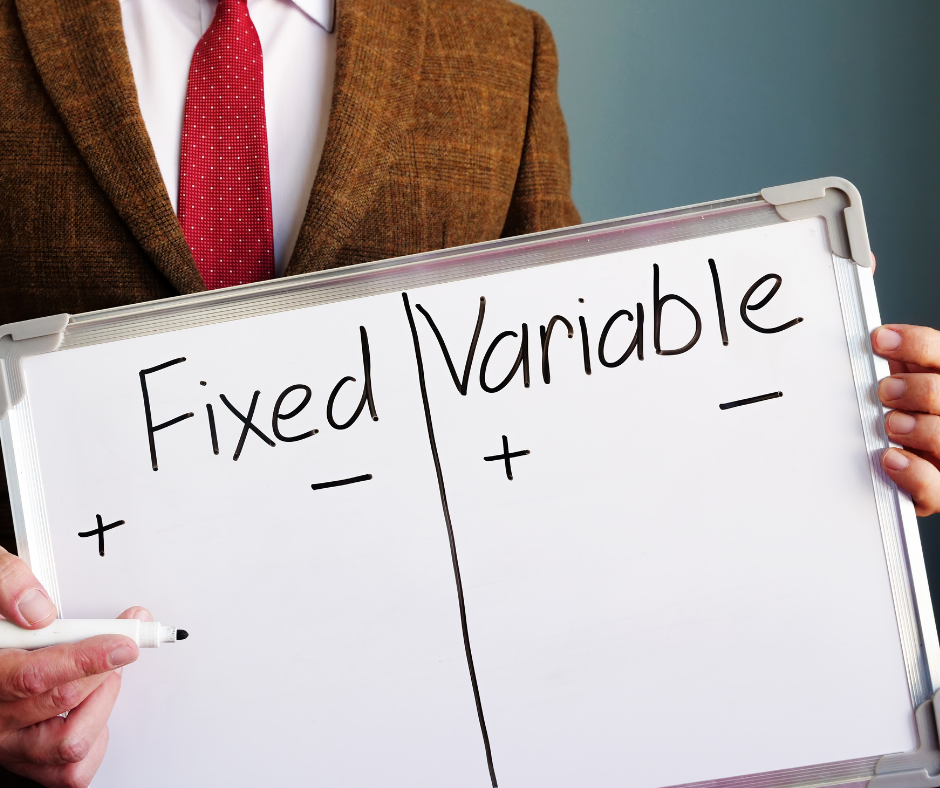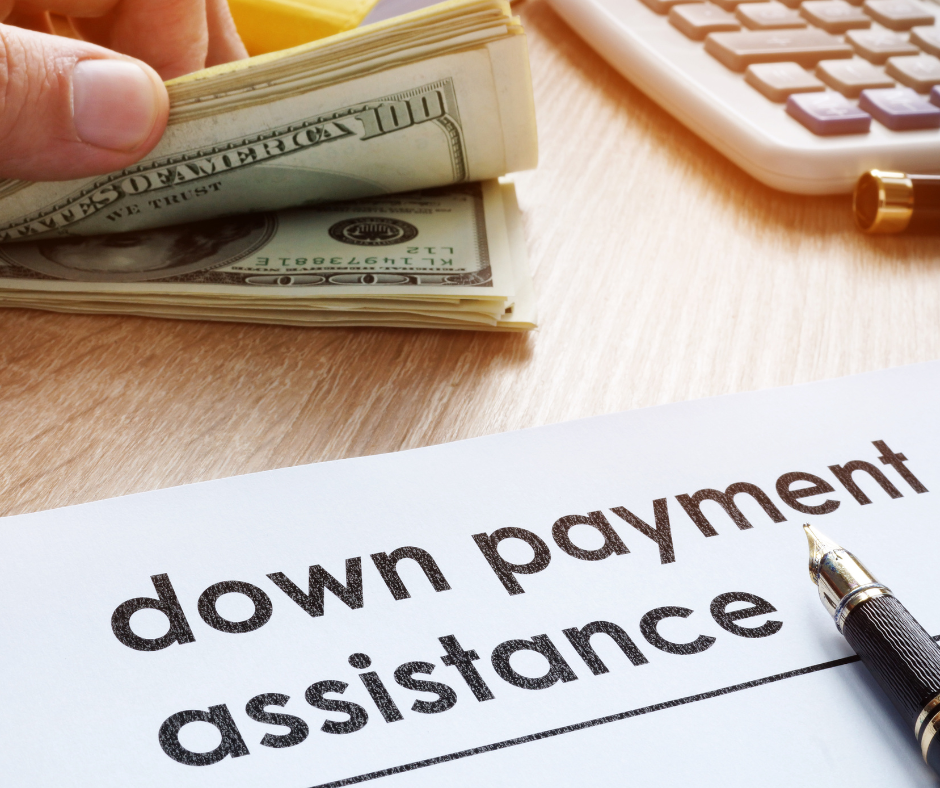Fixed-rate vs Adjustable-rate mortgages: which is safer for your budget?
Fixed-rate vs adjustable-rate mortgages - learn the key differences, pros and cons, and how to choose the best option for you.
When it comes to buying a home, one of the biggest decisions you’ll face is choosing between a fixed-rate vs adjustable-rate mortgage.

While it might sound like just another technical detail, this choice can impact your monthly payments, your long-term financial plans, and even your peace of mind.
So, which one is safer? Let’s break it down in a way that makes sense, no jargon, no false promises, just clear comparisons to help you feel more confident about your decision.
Fixed-rate vs adjustable-rate: what’s the difference?
Fixed-rate mortgages lock in your interest rate for the loan’s entire life. Whether it’s a 15-year or 30-year term, your rate won’t change, no matter what happens in the market.
On the other hand, adjustable-rate mortgages (ARMs) typically start with a lower interest rate for a set period (often 5, 7, or 10 years). After that, the rate adjusts periodically based on current market conditions. That means your payments could go up or down over time.
The stability factor
If you’re someone who values predictability, a fixed-rate mortgage might feel safer. You’ll always know what to expect when it comes to monthly payments. This can make it easier to budget and plan, especially if your income is steady or you plan to stay in your home long-term.
With an adjustable-rate mortgage, the initial lower rate can be appealing, especially when home prices are high. But after that introductory period, your rate could increase. For some homeowners, especially those on tighter budgets, that future uncertainty may feel risky.
When flexibility wins
That said, ARMs aren’t automatically “unsafe.” They can work well for buyers who plan to sell or refinance before the rate adjusts. If you’re confident about moving within a few years or expect your income to grow, an ARM could offer short-term savings. Still, it’s important to understand that markets are unpredictable, and rate changes aren’t always in your favor.
Other key considerations
- Loan term: how long you plan to stay in the home plays a major role. A fixed rate is generally better for long-term homeowners, while ARMs might suit short-term plans.
- Interest rate trends: if rates are rising, locking in a fixed rate might offer more stability. If rates are high now but expected to drop, an ARM could offer more flexibility.
- Risk tolerance: some people are more comfortable with financial variability than others. Know your own comfort level before choosing.
Choosing what feels right
When weighing fixed-rate vs adjustable-rate options, there’s no one-size-fits-all answer. Both have pros and cons, and each suits a different kind of borrower. The key is to match the loan with your lifestyle, your financial situation, and your long-term goals.
Before you commit, run the numbers carefully and talk to a trusted mortgage advisor. A well-informed choice today can lead to more stability and fewer surprises tomorrow.
A safer mortgage starts with understanding
At the end of the day, the safest mortgage is the one you truly understand. Whether you select a fixed or adjustable rate, knowing how it works and how it fits your life makes all the difference. So ask questions, take your time, and focus on what works for you, not just what sounds good on paper.






